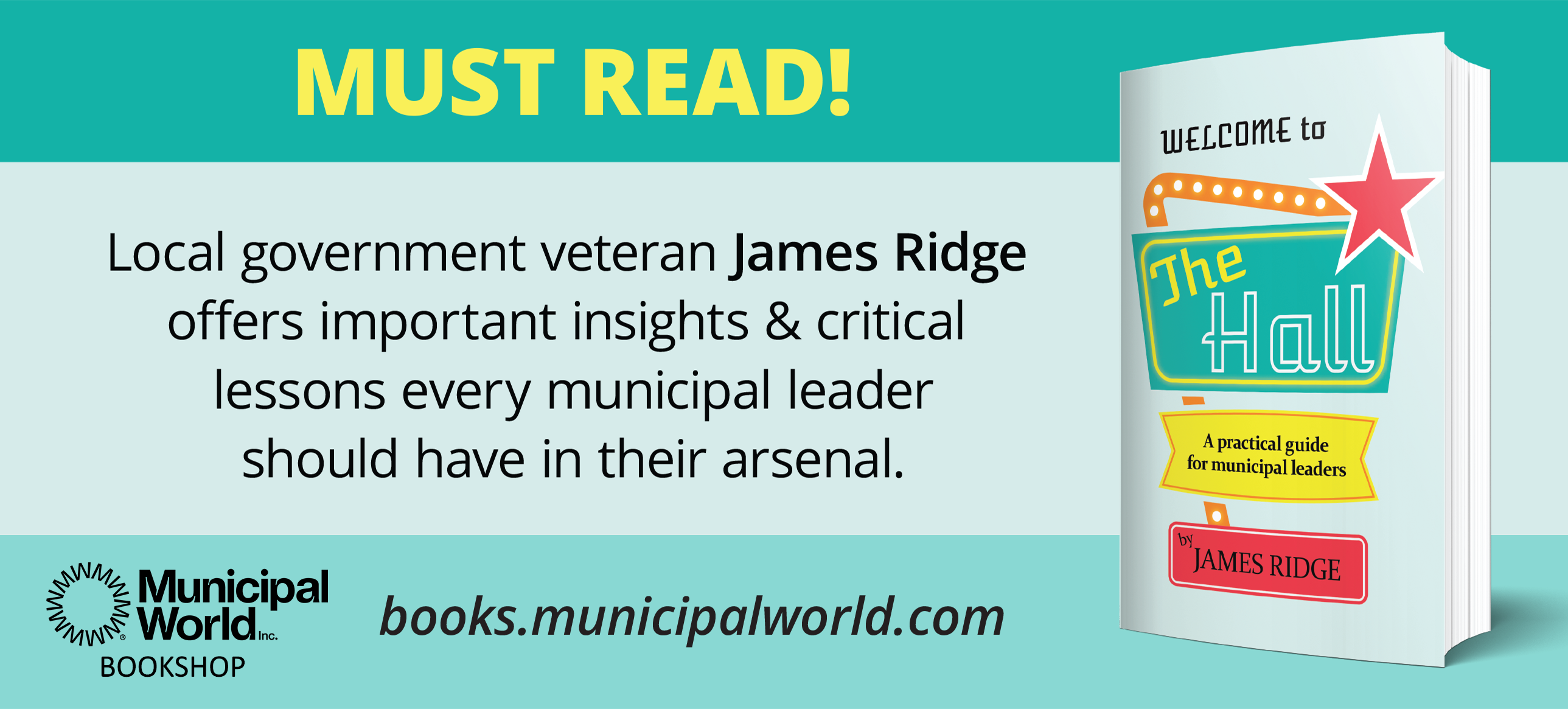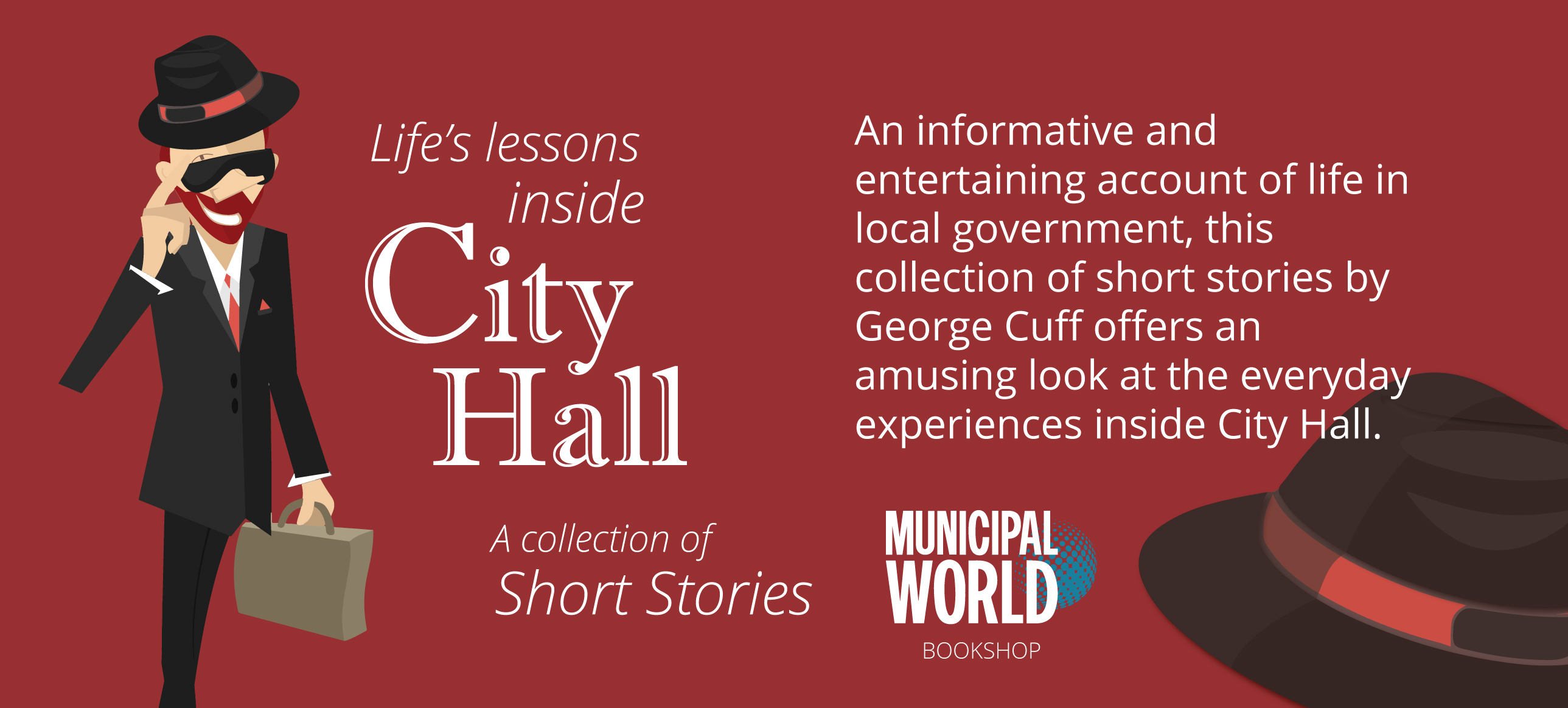Building a people-first organizational culture

Feeding the beast
There has been no shortage of ink spilled on think-pieces about what contributes to creating a great organizational culture. Peter Drucker is often quoted as saying that “Culture eats strategy for breakfast, operational excellence for lunch, and everything else for dinner.” We all want to be employed by organizations that make us happy to head to work every day. Organizations where people feel valued at work are healthier and happier, and organizations where people feel empowered, supported, and engaged are exponentially more productive.
In today’s startup-focused business environment, unique workplace cultures and quirky perks are often used as celebratory beacons meant to lure talent and symbolize a progressive, interesting organization. These cultural signifiers of awesomeness are usually defined in stark contrast to the perceived rigidity and restrictive nature of organizational behemoths – like government. The story being sold to prospective employees, competitors, and the world in general is one that says “we’re different, and that matters.” Specific work environments are used to support values like creativity and collaboration, and, increasingly, a profit-for-social-good model of doing business.
But, here is the kicker: someone has to build that environment. It doesn’t just spontaneously pop into existence.
Culture is the by-product of relationships and is created both intentionally and unintentionally by the habits, choices, and values of people. Want a strong, healthy culture? Make sure you have the right people. So, the modernization and renewal of local government, then, seems to hinge on exceptional human resource management.
Putting Humanity Back Into Human Resources
First, I hate the term “human resources” – it makes my skin crawl. It makes me imagine bad coffee and worse ties and the feeling of being called into the principal’s office. We have got to come up with a better term for individuals whose core function is finding the people that will build the kind of public service we say we want. I’m not sure what that term should be, but it needs to recognize a modern approach to people-first team building. Because that’s what an exceptional recruiter and staff developer does – they build teams and build organizations, block by block, by finding and placing the kind of person that will help steer a team, a department, and an organization in the direction it wants to go … Or, at least, that’s what they should be doing.
Developing a specific organizational culture is something like a very long game of chess with a generous dash of fortune telling and some pure luck thrown in for good measure – a game where the chess pieces have minds of their own and are likely to move about the board whenever they want. Overly prescriptive and technical hiring processes may seem like equalizers, but they take humanity out of the picture. The assumption is that everyone with a certain list of qualifications is an interchangeable, blank-chess-piece-widget, instead of a highly changeable human being. As a result, we’re left without the practical magic needed to create and sustain the kind of professional culture we crave.
We need to find ways to build in hiring criteria that investigate prospective employees’ character and curiosity, not just their credentials – and we need to ensure that we take just as much care when hiring a front-line accounting clerk as when we hire a chief administrative officer. This kind of process won’t fit neatly in arbitration-ready evaluation grids and it will poke holes in our flawed meritocracies … but, it’s critically important to emphasizing that when someone joins your organization, they are committed to joining a team that is actively building something – together. A lot of municipalities will invest heavily in making sure that they recruit the absolutely perfect candidate for an executive-level position, but perhaps forget that most staff will spend the overwhelming majority of their time working with each other. And, the “culture ship” is much more difficult to turn around when too many well-credentialed – but culturally-mismatched – people are brought on board without a critical eye to the overall impact their presence has on the organization. It can be done; but, as grandmothers everywhere are wont to say, an ounce of prevention is worth a pound of cure.
Looking more externally, most members of the public will barely – if ever – interact directly with municipal executives, but will have frequent and sometimes daily contact with front-line staff. Take, for example, a recent story about a two-year-old boy who was thrilled to meet his heroes: the two public works employees who picked up his garbage every day. These two municipal ambassadors had become familiar with the boy and always made sure to wave or honk the horn on their truck when they saw him at the window – and they became a highlight of his little world. These are small, but genuine, gestures by municipal staff who could have just as easily not made the effort to make this child’s day – but, the thing is, they did. And, by doing so, they have created an intangible, but important, positive image of municipal employees in the neighbourhoods where they serve.
Constructive Introspection
Municipal governments could learn a lot from ongoing exit interviews of all staff – not just executives, and not just when someone leaves permanently. Think of the gold mine that culture-builders could access from asking people for their honest reflections when people move teams or departments, whether on secondment or for a promotion or for a lateral change of scenery. Extrapolate that outwards to interviewing people moving between orders of government or between sectors. Imagine if everyone completed a “first impressions” review after a month in their new positions, and again six months in, and after the first year, and so on. Imagine if your performance appraisal included a culture appraisal that actually contributed to a regular readjustment of the corporate sails. We’d become constructively introspective. We’d have the start of a pretty radical public service ethnography. (My nerdy little social-scientist’s heart beats wildly at the thought of all that deep data collection.)
Cool culture is not about an air hockey table in the lunch room; it’s a direct function of the work that people do, and the people they work alongside. Recruitment and retention of the right people is the most critical factor that influences the overall health of your organization, and a critical mass of the right kind of people is what creates or changes your organization’s culture. This is not a chicken-and-egg scenario – the people come first, always. It’s time for us to incubate strong, healthy cultures by making sure we’ve got good eggs. MW
Ashleigh Weeden, MPA is an award-winning community engagement practitioner who strives to “be the change” she wants to see in the world by actively contributing to public sector renewal. She enjoys taking the lid off local government so everyone can play.
as published in Municipal World, July 2015



